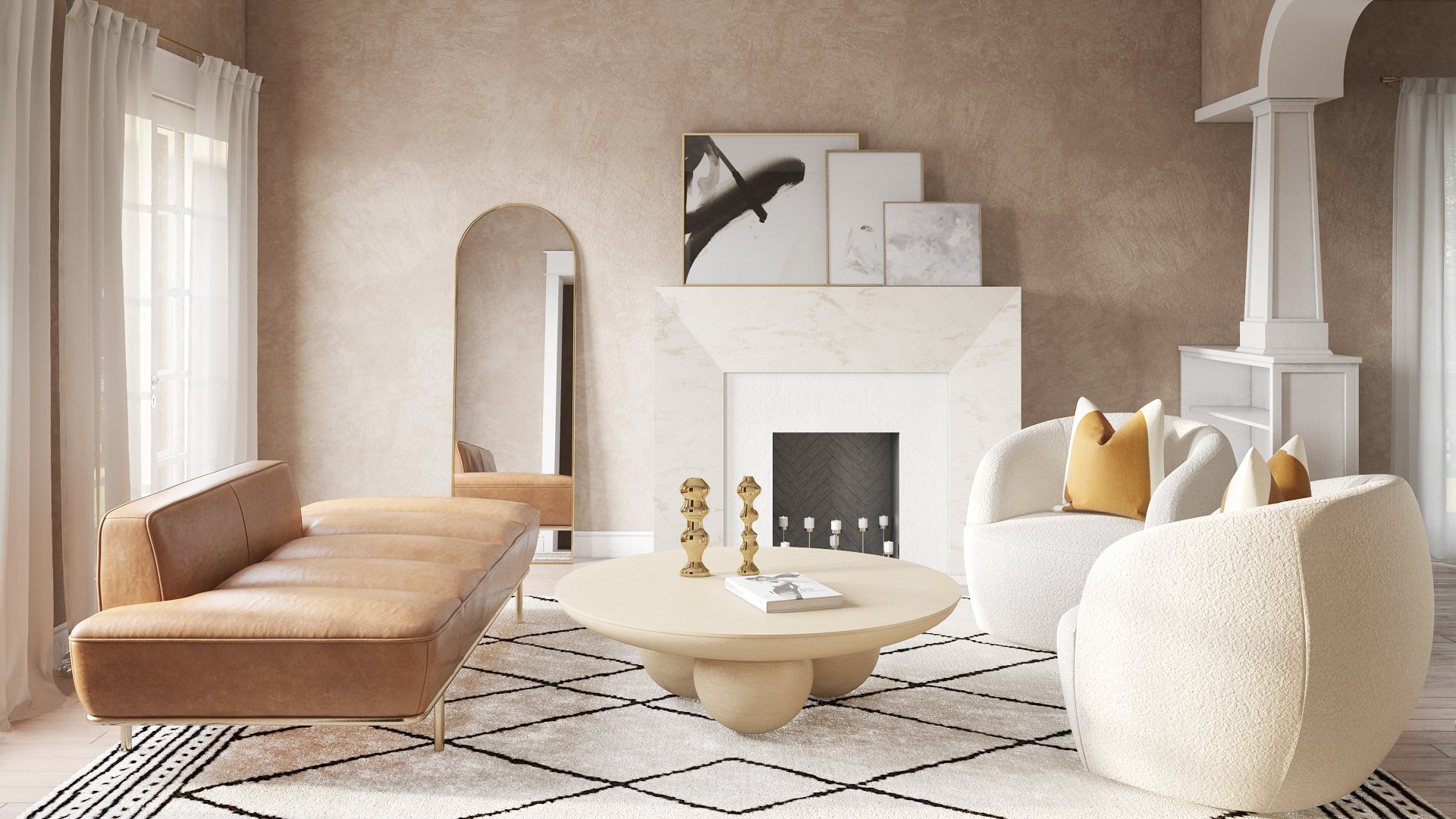Real Estate Tips: The Latest Trend of 2022, Limewash Walls
/There's so much more you can do with your walls than simply painting them a standard white finish and calling it a day. But if your style tends to be more neutral, then you probably don't love the idea of spicing things up a wild wallpaper. The happy medium is all about introducing texture without using more than your average paint application supplies. Enter: Limewash.
What Is Limewash?
Limewash is a finish that gets its textural veneer from added sandstone aggregate. This finish has an almost chalky look to it and when in a can, it appears to be more like putty than a thin paint, though the walls treated in it are soft to the touch. Dating back to the Roman era, the material was originally derived from crushed limestone and became popular as a way to lighten up stone and timber. The crushed limestone was thinned with water and mixed with various natural pigments depending on the desired color. Today, its romantic and storied feel makes it more popular than ever.
"That old-world, chalky patina you find on buildings in Europe and South America is what originally sparked our love of paint," says Jamie Davis, of Los Angeles-based Portola Paints, a designer favorite offering both traditional paints and a line of specialty textures, including the bestselling Lime Wash. "The specialty finishes were actually what got us into the paint world, specifically the Lime Wash," he shares, adding that "they have a lot of history but not so much in the states, more in Europe and South America, that’s what initially attracted us to this old world chalky matte patina type of finish."
Beauty aside, limewash is also a great paint alternative for anyone in need of a more hypoallergic solution, since the alkaline pH of limestone makes it extra mold and bacteria-resistant.
How to Apply It
Thanks to paint brands take these ancient art forms and modernize them for more mainstream access, limewash has gotten much easier to apply in a variety of spaces. Here's what to know before you invest in this finish. "Traditionally lime paints could only be used on raw plaster and stucco and brick and cement," explains Davis, but Portola's product can actually be painted right on top of whatever your walls are made of because of the special primer they created, which is a "very heavy porous primer that will allow you to create that same look and feel of drywall."
What Color to Choose
In terms of color, limewash has a more natural association, which is another reason it's so great for someone who'd rather give their walls a neutral backdrop. "Traditionally these finishes were all done in earth tones and ochres and terracotta, but now we make these beautiful whites and creams and chic colors that have slight subtle movement, so you don’t know what it is, but it’s not regular paint. You can have it as traditional paint or do these soft and subtle textures," he clarifies. As mentioned earlier, the limewashes of yore were pigmented with natural ingredients and many still are, though technology allows for more variety. So even the more bold-sounding hues tend to be natural-looking.
Source: House Beautiful












